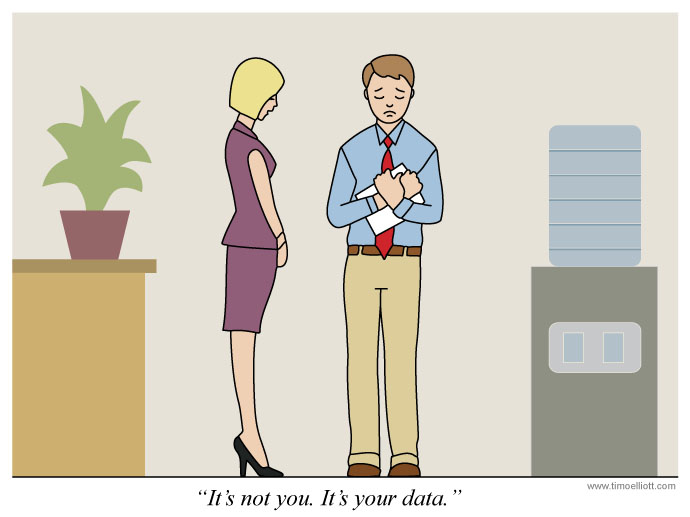Mobile BI Design Framework: Purpose
The Merriam-Webster dictionary defines the purpose as “the reason why something is done or used: the aim or intention of something.” Although the reasons for a mobile BI project may appear obvious on the surface, a re-evaluation of the initial assumptions can often prove to be invaluable both for the design and longevity of mobile projects.
Here are a few points to keep in mind before you schedule your first meeting or lay down a single line of code.




